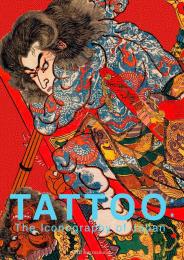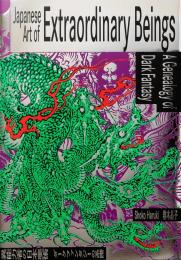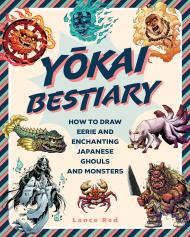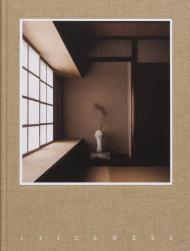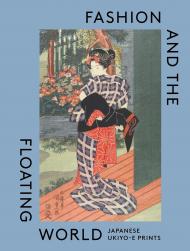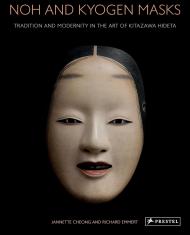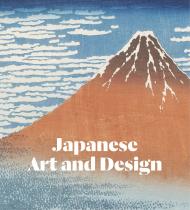This book presents tattoos in Japan with all their astounding richness and sophistication.
The history of this unique folk art, its meaning, social background, and evolution as well as a collection of rare interviews with master tattooists made over the past thirty years.
In the world of tattoo art, few traditions can rival the elaborate and refined artistry of Japanese tattoos. In this richly illustrated book, The Tattooed Body by the French historian and journalist who specialises in Japan and Korea Phillipe Pons, readers will find a wealth of detailed information about the history of this unique folk art, its relation to literature and art plus great colour photographs of their work. Remarkable for the richness of their iconography, the balance of their compositions, and their refinement in details, Japanese tattoos have seduced since the fifteenth century Western travellers, merchants and later, in the 18th and 19th century sailors, soldiers, eccentrics and artists such as Degas, Monet, and Toulouse-Lautrec. Yet, despite its cultural significance and aesthetic beauty, while recognised worldwide, tattoos don't share in Japan itself the status and official recognition and support of other traditional art forms such as "the way of tea", the flower arrangement (Ikebana), or Kabuki theatre.
The book explains why and shows the historical influence of Japanese tattooing on the worldwide tattoo community and its integration into the modern global cultural landscape. Readers will learn about the shift from "brocade skins" covering the entire body to the current Japanese tattoo renaissance where "one-point" tattoos are favoured by young people which combine ancient motifs and anime, to the point where traditionalists are wondering if the "tattoo" is losing its authenticity.
With over 270 illustrations, this book is a powerful tribute to the artistry, skill, and enduring charm of Japanese tattooing. Perfect for tattoo enthusiasts, this comprehensive and visually stunning book is a must-have also for East Asian art lovers and those with an appreciation for cultural traditions.
About the Author:
Philippe Pons (10 August 1942) is a French historian, specialist in Japan and Korea, and the Tokyo correspondent for the daily Le Monde, covering current events in the Far East. Along with Christian Sautter, in 1973 he co-founded the Centre for Research on Japan (CRJ), a research institute dedicated to contemporary Japan, now part of the prestigious French National Centre for Scientific Research (CNRS), and served as its co-director. His first articles for Le Monde date from 1974. In 1976, he became the daily's correspondent in Japan, from where he also covered the Philippines, South Korea and North Korea, countries which he visited twenty times between 1979 and 2020. As a specialist he is the author of many books and articles on the history, culture and politics of Japan and North Korea, and with the historian Pierre Francois Souyri, of a volume about the history of sexuality and eroticism in Japan (all publications in French). Aside from five years spent in Rome, he has lived in Tokyo since the late 1970s.
